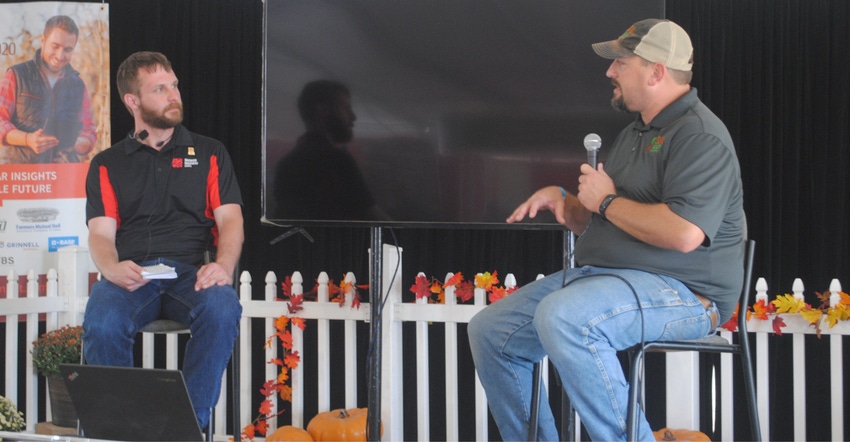September 23, 2019

Editor's note: You can listen to my conversation with Keith Byerly by clicking on the Soundcloud link embedded in this blog.
For more than five years, the Soil Health Partnership, a part of the National Corn Growers Association, has provided participating farmers an avenue and a resource to implement a new farming practice — and test and quantify the benefits of that practice.
In the latest episode of Down in the Weeds, the second recorded live at Husker Harvest Days, we spoke with Keith Byerly, field manager for the Soil Health Partnership, on methods used to quantify different soil health-related practices — and some of the results seen over the past five years.
"We started off with our partner sites and really offered three different protocols growers could take part in," Byerly says. "You could do a cover crop vs. no cover crop trial and replicated strip layout. You could do a conventional vs. no-till trial in a replicated strip layout. And the final one was a nutrient management trial where we could research on some of those acres that had been doing the right things long term, had built their soil up through the use of manure and things like that, opportunities to look at how fertilizer rates were impacting different soil health tests."
"The other side of it really is that when we think about it in a lot of terms, most people are really only quantifying how successful a lot of these things are through the yield monitor, through the bushels at the end of the growing season," he adds. "Through the Soil Health Partnership, we're really looking at more soil health practices, more soil health tests to get more information from the soil itself about its status rather than just yield being the bottom line number."
You May Also Like




